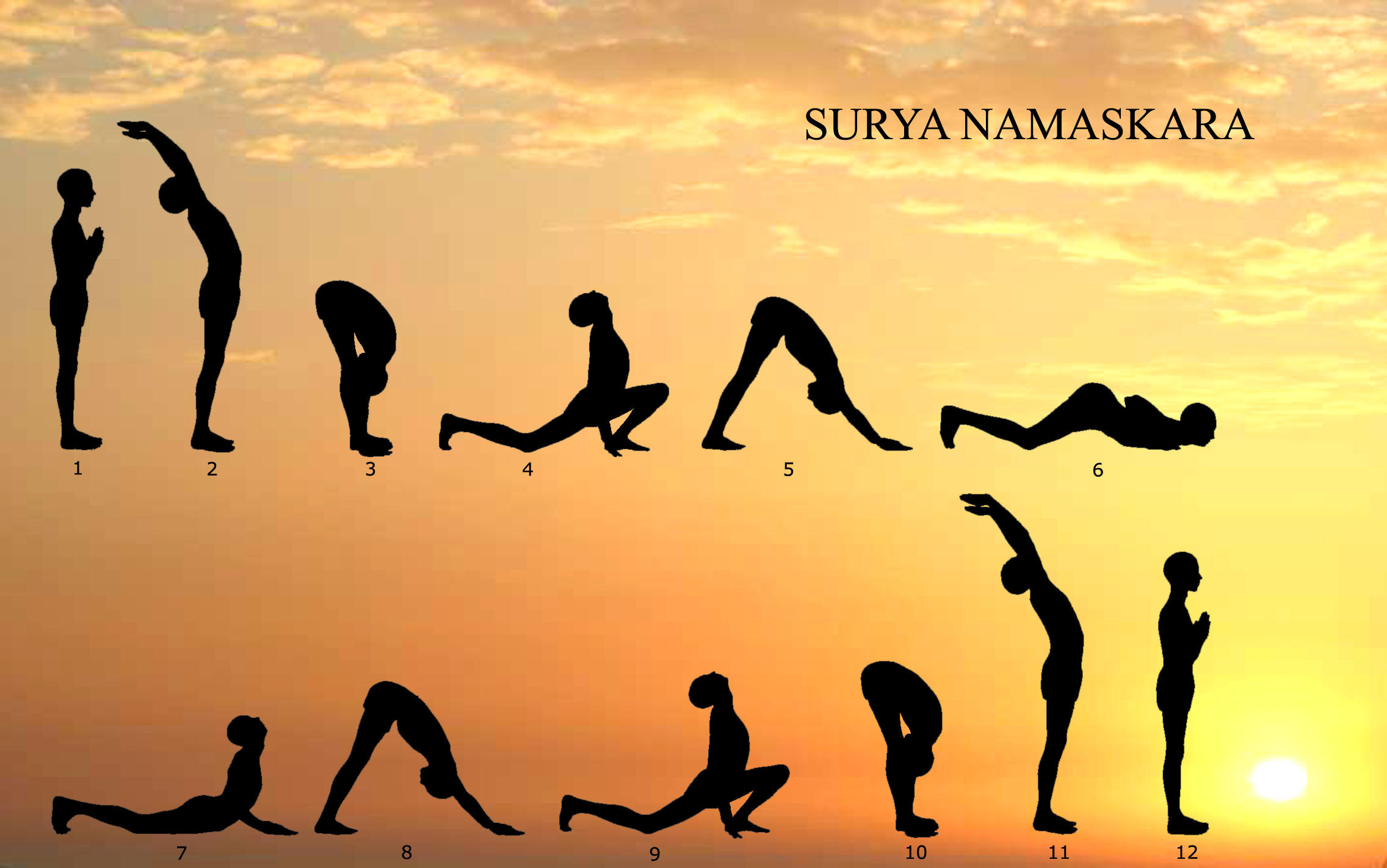The Sanskrit name Garudasana is a
combination of two words whose meaning has inspired its English name
Garuda = Eagle
Asana = Posture
Garudasana (Eagle
Pose) Steps
Starting
Position: Tadasana (Mountain Pose)
1.
Slightly
bend your knees, lift your left leg balancing the body on the right leg. Place
the left thigh over the right thigh.
2.
Wrap
the shin of your left leg around the calf of the right leg. Hook the top of the
left foot in the lower right calf. Balance the body on right leg.
3.
Raise
the arms in front and parallel to the floor, palms facing upward direction.
Next, cross your arms placing the right arm above the left arm.
4.
Bend
the elbows making the forearms perpendicular to the floor. Wrap the left
forearm around and under the right forearm. Rest your left hand’s fingers
firmly on your right palm. Keep the spine erect.
5.
Focus
your gaze at a fixed point at a distance of 4-5 feet away. This is the final
position. Hold the pose for 15 to 20 seconds taking deep breaths.
6.
To
return, gently release the arms first and then the legs to come back in
starting position. Take 3 deep and long breaths, practice from the other side
by interchanging the position of legs and arms.
Garudasana (Eagle Pose) Precautions
Beginners will find it hard to maintain balance initially,
focusing the gaze at a fixed point is helpful in maintaining the balance.
Follow the steps slowly to achieve the balance. You can also try the pose by
following the instructions for arms first, followed by those of legs. If you
choose to do so follow the steps in this manner after standing in Tadasana: 3,
4, 1, 2, 5 and 6. You may find this method more easy to maintain the balance.
Once you have learned to balance well, practice the steps as mentioned above.
After getting well in the pose you may keep the eyes closed for better
concentration.
1. Avoid
practicing Garudasana in case you have had a recent knee, ankle or shoulder
injury.
2. Eagle
pose should not be attempted if you suffer from any of these conditions: Obesity,
frequent headaches, high or low blood pressure or asthma.
3. Pregnant
women must avoid practicing Eagle Pose as well.
Garudasana (Eagle Pose)
Benefits
1. Strengthens
ankles and increase flexibility in shoulder joints.
2. Improves
concentration for meditative practices.
3. Develops
a sense of balance and coordination.
4. Helpful
in getting rid of urinary problems.
5. Beneficial
for the male reproductive organs.
6. Prevents
cramps in the calf muscles.
7. Beneficial
in sciatica and rheumatism in leg joints.
8. Regulates
the functioning of kidney and cures prostate problems.
9. Stretches calves, shoulders, upper
back, hips and thighs.
10. Stay healthy stay strong and get the
best out of life.
